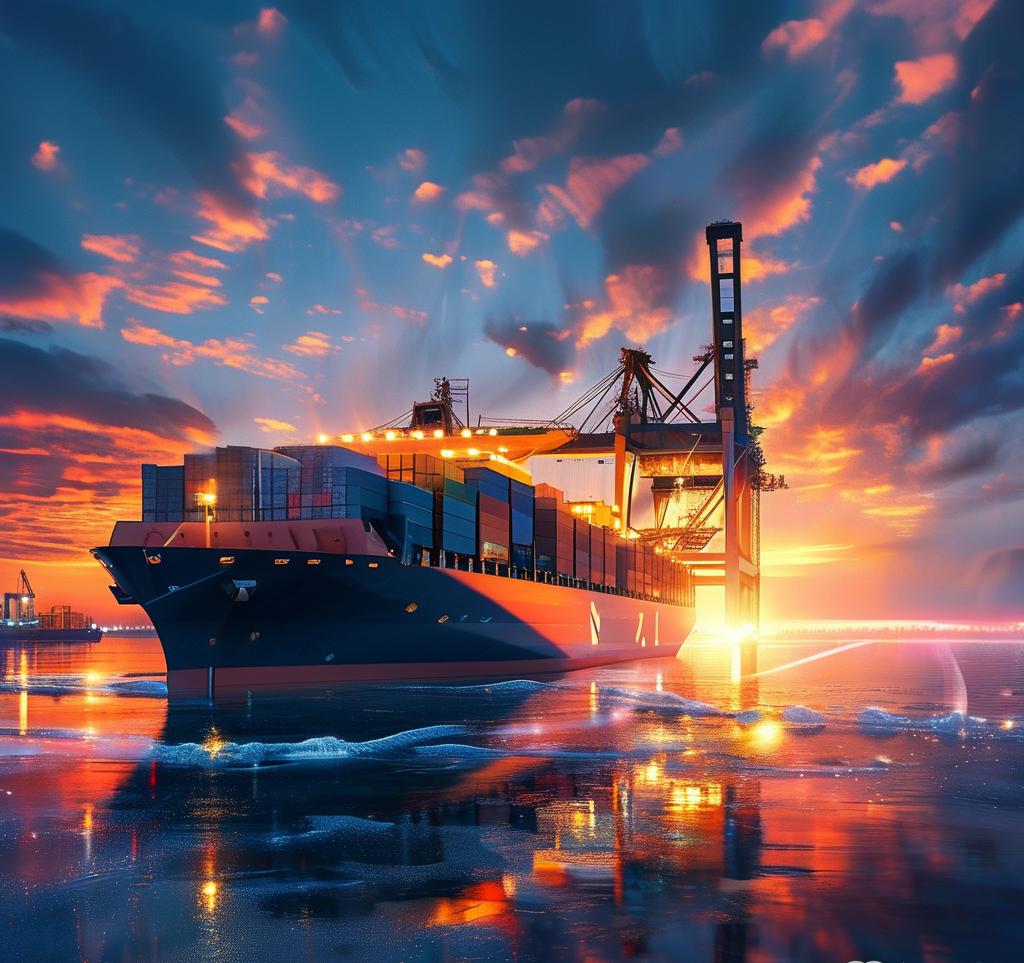As a business owner importing auto parts into the Philippines, I’ve learned that smooth logistics and reliable compliance partners are essential. When sourcing from China, I always rely on a trusted freight forwarding service China to Philippines that understands the nuances of automotive components — from large engines to small sensors.
Before shipping, I make sure the supplier provides detailed product specifications and accurate invoices. To avoid customs issues, I work with an experienced customs broker for Philippines import shipping, who helps me classify items correctly, calculate duties, and prepare documentation like the Bill of Lading and Import Entry Declaration (IED).
Choosing a freight route that balances cost and speed is crucial — air is faster but expensive, while sea freight is more economical for bulk shipments. Additionally, I ensure the packaging meets safety standards to avoid damage in transit.

People Also Ask (PAA)
1. Do I need a permit to import auto parts into the Philippines?
Yes, depending on the type of auto parts, you may need permits from agencies like the Bureau of Customs (BOC) or DTI.
2. What documents are required for customs clearance of car parts?
Common documents include the commercial invoice, packing list, bill of lading, and import declaration form.
3. How long does it take to ship auto parts from China to the Philippines?
Air freight usually takes 3–7 days, while sea freight may take 12–25 days depending on the port and service level.
4. Can a freight forwarder handle customs clearance?
Yes, many freight forwarding services partner with or include customs broker for Philippines import shipping as part of their offering.
5. What are common duties and taxes for auto part imports?
Duties vary by HS code but generally range from 1% to 15%, plus 12% VAT and potential import processing fees.
